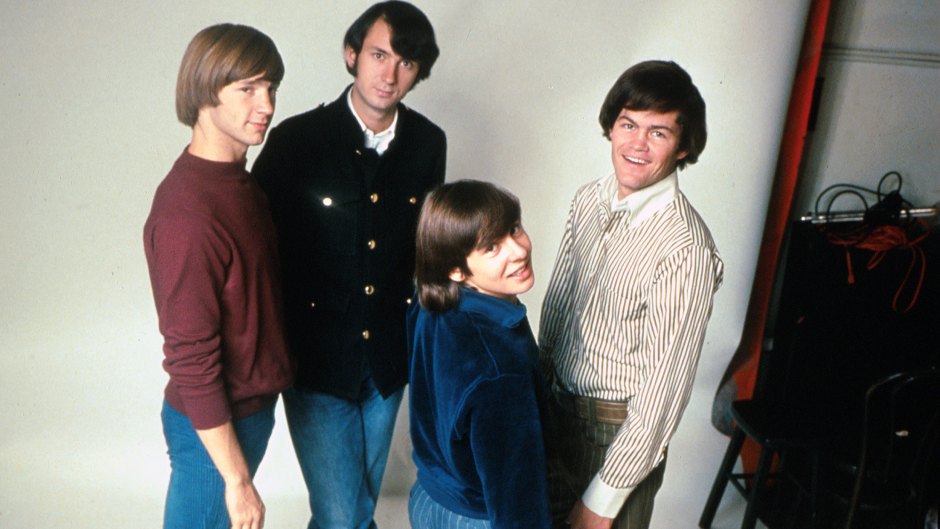
Michael Ochs Archives/Getty Images
Inside the World of The Monkees — They Were Much More Than the ‘Pre-Fab 4’
We’ve all heard the cliché that imitation is the sincerest form of flattery, but the bottom line is there’s also no better way to cash in on a popular trend. That’s been a part of the pop culture world from the very beginning, and in the mid-1960s was certainly behind the creation of The Monkees, TV’s answer to The Beatles. It just happened to transcend its origins and became something special and enduring in its own right.
Back in 1964, as Beatlemania swept across the globe, everyone was looking for a way to capitalize on their success, and The Monkees (as a television show and a band) successfully did so. The idea was a relatively simple one: hire four guys to play musicians on an American sitcom, and put music at the center of it. If successful, the reward would be high ratings and record sales.
To find their Monkees, the producers held auditions, ran ads in industry trade publications like The Hollywood Reporter and Daily Variety (now just Variety), and scoured musical acts. In the end, they signed on Micky Dolenz, Davy Jones, Peter Tork and Mike Nesmith. Despite the fact that they were, relatively speaking, amateurs in terms of music and acting, somehow it all gelled together. The destined-to-be Classic TV show was a hit and the music became a sensation in its own right, actually reaching a point where more records were being sold than there were people watching the show on TV. All of which also led to concert tours that created a sensation everywhere the so-called “Pre-Fab Four” went, and secured their place in pop culture history.
What follows — as you’ll see by scrolling down — is our guide to some of that history, and the little band that could, despite all the people who said they couldn’t.
Be sure to check out and subscribe to our Classic TV & Film Podcast for interviews with your favorite stars!

Getty Images

Getty Images

Getty Images

Getty Images

Getty Images

Getty Images

Getty Images

Getty Images

Getty Images

Getty Images

Getty Images

Getty Images

Getty Images

Getty Images








































